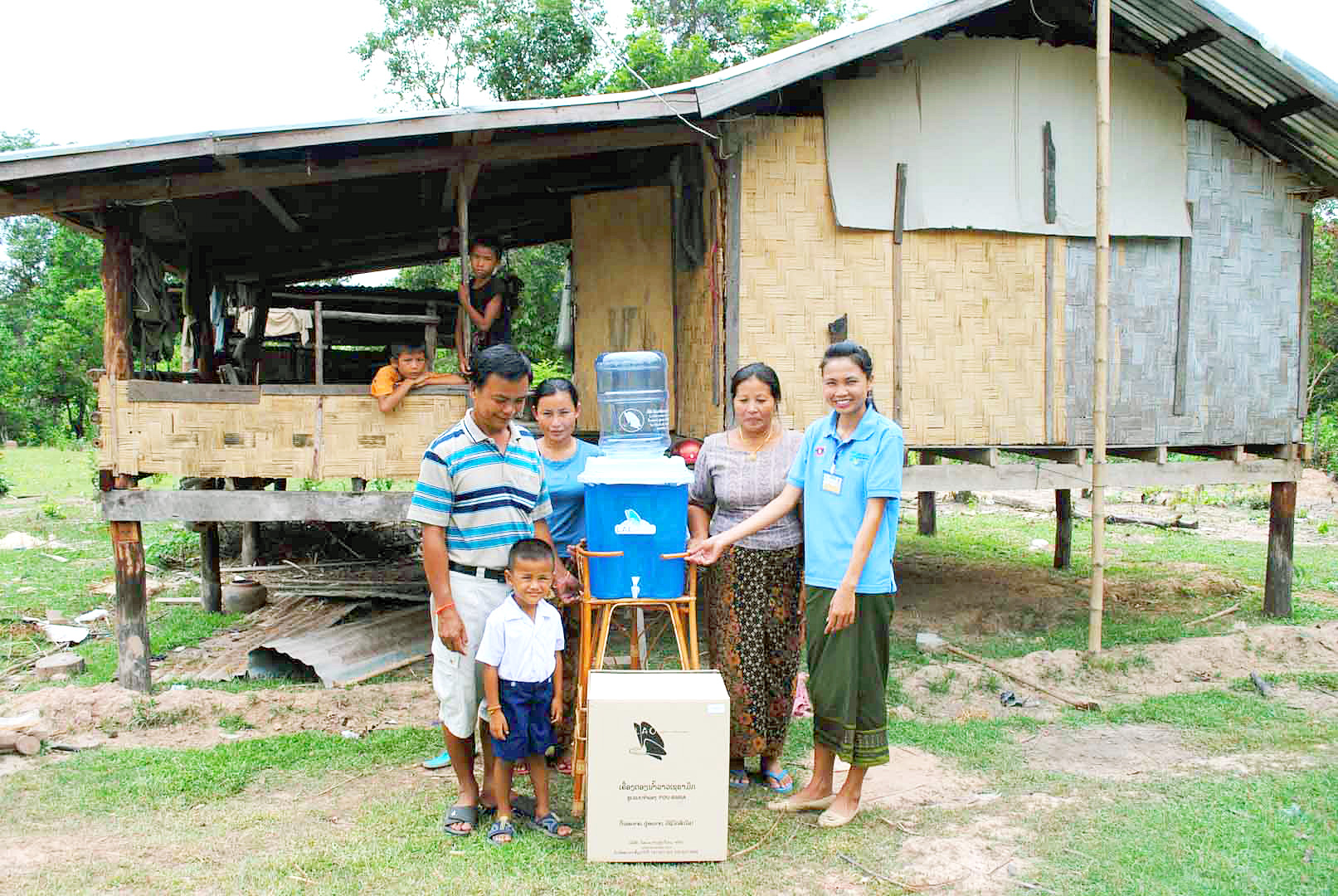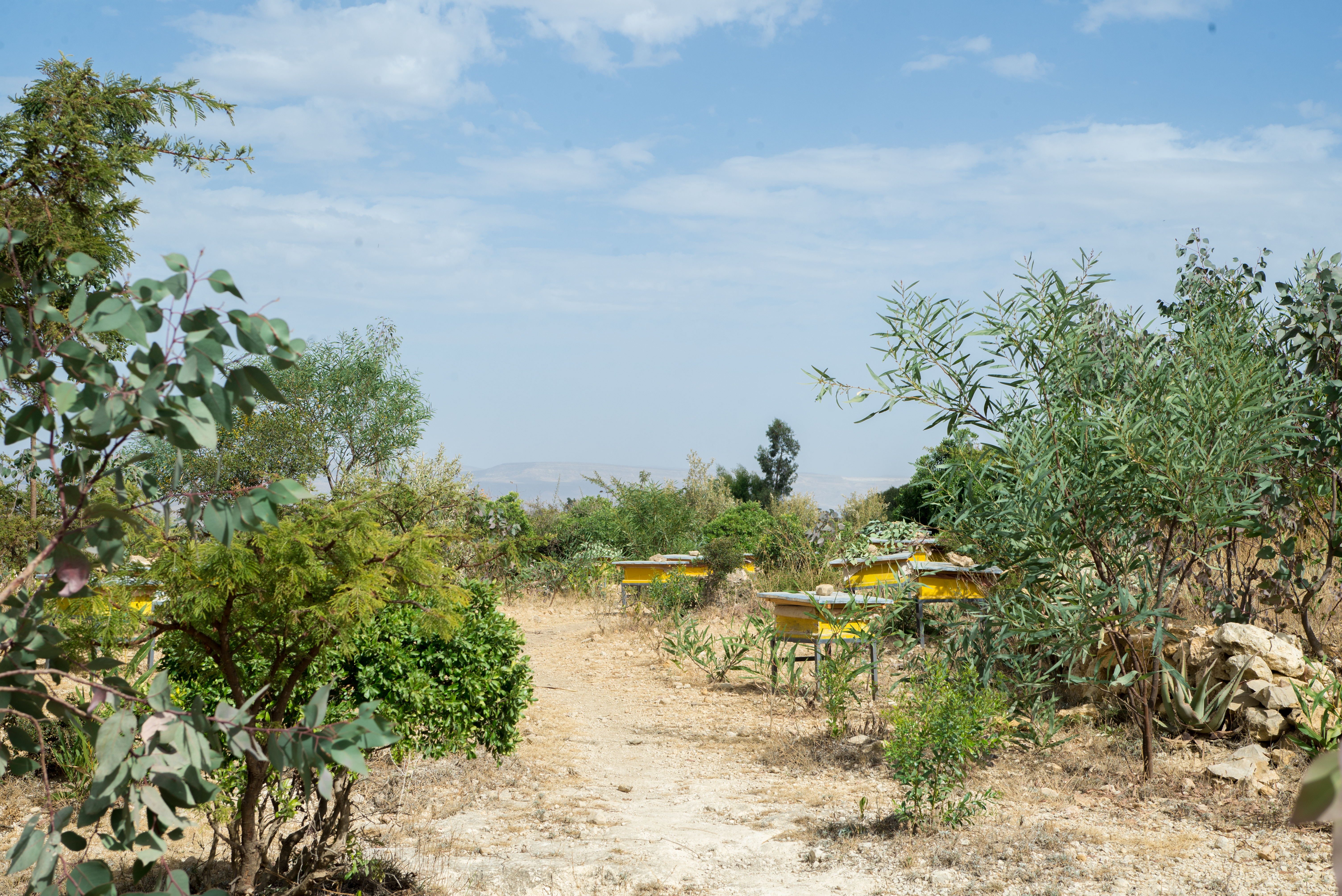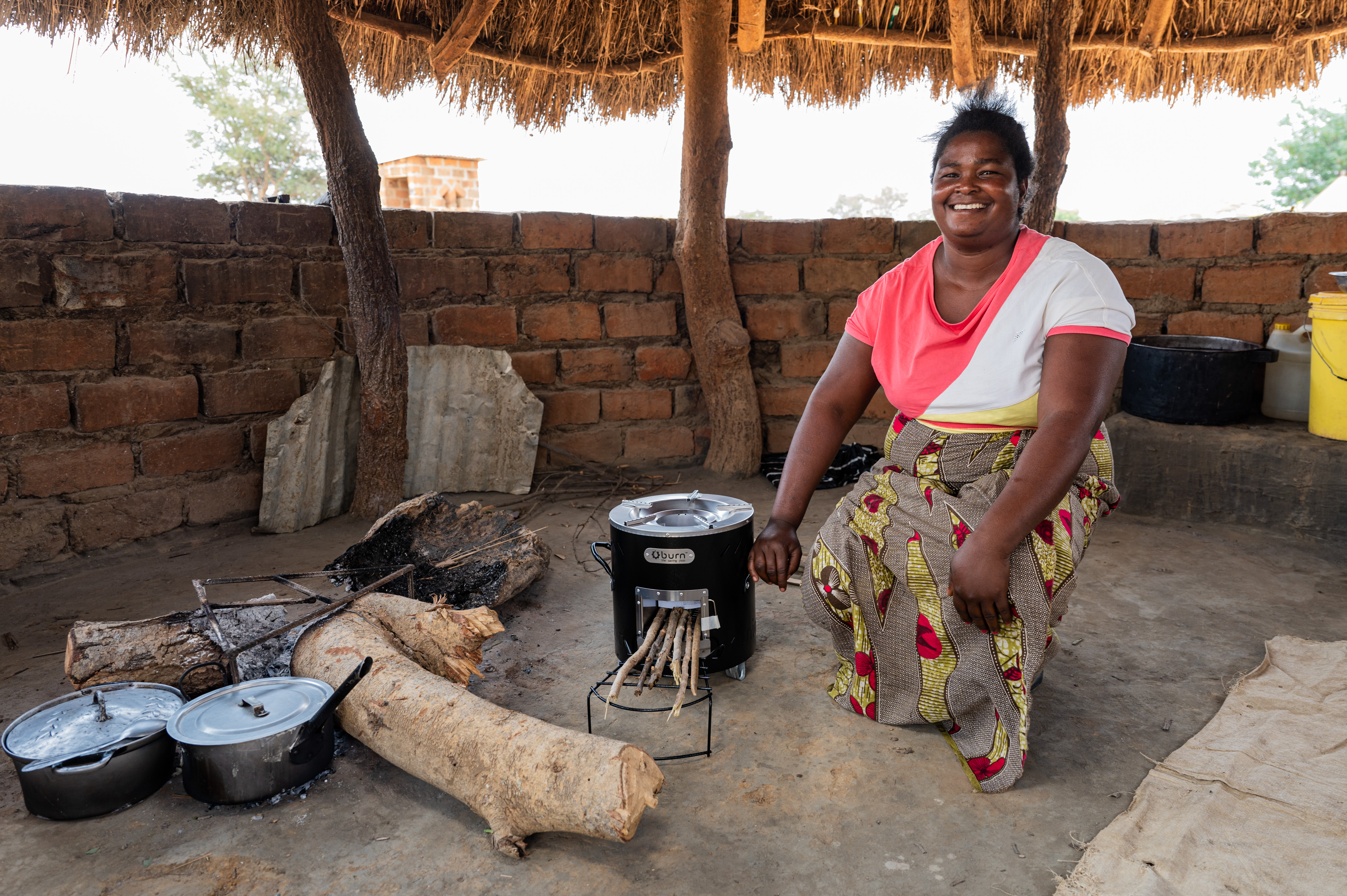Independent supply with clean energy
In Vietnam, the construction of small-scale biogas plants in households makes an effective contribution to climate protection. The plants are filled with organic waste such as animal manure, which ferment under exclusion of oxygen. This produces biogas, which the families use in gas cookers for water purification and cooking or for gas lamps. The project improves the health and social situation of poor people by giving them access to clean and affordable energy. It also reduces the need for firewood and thus counteracts massive deforestation in Vietnam.
The combination of biogas plants with latrines and regular use of animal dung improves the sanitary conditions on the farms and reduces groundwater pollution. As a by-product of fermentation, natural fertilizer remains, which is cheaper and better for the health of the soil than synthetic agents.

In biogas facilities, biomass is fermented into biogas in sealed digesters. Biomass may consist of organic waste or dung from cows or other animals. In countries like India or Vietnam, families use the gas from small biogas plants for cooking. This reduces CO2 emissions that would be produced by cooking with wood or charcoal. Biogas plants also prevent methane from escaping into the atmosphere, as is the case when organic waste is stored in an open pit. Instead, the gas is fed from the closed digesters to specific cookers and thus provides an independent and renewable source of energy.
Explore our projects
Biochar for Climate Action, Healthy Soils, and Better Harvests

A certified climate project combined with additional commitment

Expansion of renewable energy generation in Asia

Ceramic water filters save CO2 and improve health

Improved cookstoves worldwide – for better health and cleaner air

A certified climate project combined with additional commitment

Powering access to renewable energy in Africa

A certified climate project combined with additional commitment

Restored ecosystems remove carbon

Turning degraded farmlands into healthy ecosystems

Improved cookstoves - better for health and the environment

















